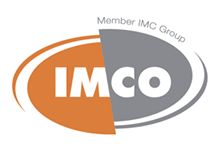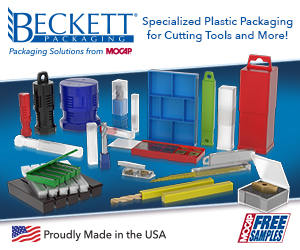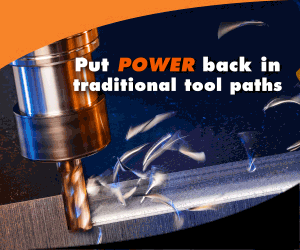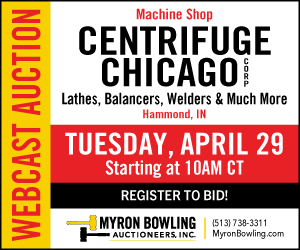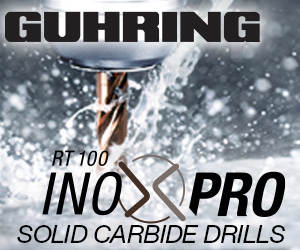If you’re cutting in traditional tool paths and looking for faster, better or longer end mill performance -- look no further than the POW-R-FEED M934. The POW-R-FEED M934 is the latest extension of IMCO’s POW-R-FEED M9 line. With a revolutionary breakthrough in cutting tool geometry, plus the reliability of IMCO’s super-slippery AlTiSN coating – this tool provides the clog-free cutting needed to maximize your feed rates, reduce cycle times and increase your profits. Whatever you operate – from low-horsepower equipment to five-axis machines and everything in between – these IMCO cutters are built to give you consistently peak production levels.
Contact Details
Related Glossary Terms
- feed
feed
Rate of change of position of the tool as a whole, relative to the workpiece while cutting.
- milling machine ( mill)
milling machine ( mill)
Runs endmills and arbor-mounted milling cutters. Features include a head with a spindle that drives the cutters; a column, knee and table that provide motion in the three Cartesian axes; and a base that supports the components and houses the cutting-fluid pump and reservoir. The work is mounted on the table and fed into the rotating cutter or endmill to accomplish the milling steps; vertical milling machines also feed endmills into the work by means of a spindle-mounted quill. Models range from small manual machines to big bed-type and duplex mills. All take one of three basic forms: vertical, horizontal or convertible horizontal/vertical. Vertical machines may be knee-type (the table is mounted on a knee that can be elevated) or bed-type (the table is securely supported and only moves horizontally). In general, horizontal machines are bigger and more powerful, while vertical machines are lighter but more versatile and easier to set up and operate.

